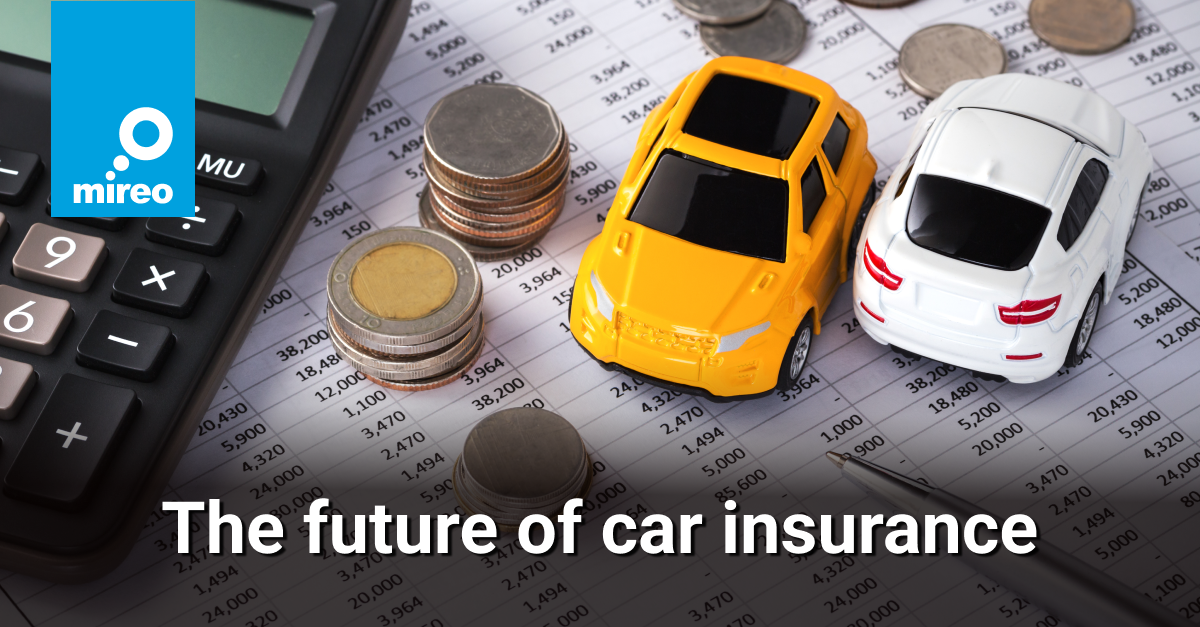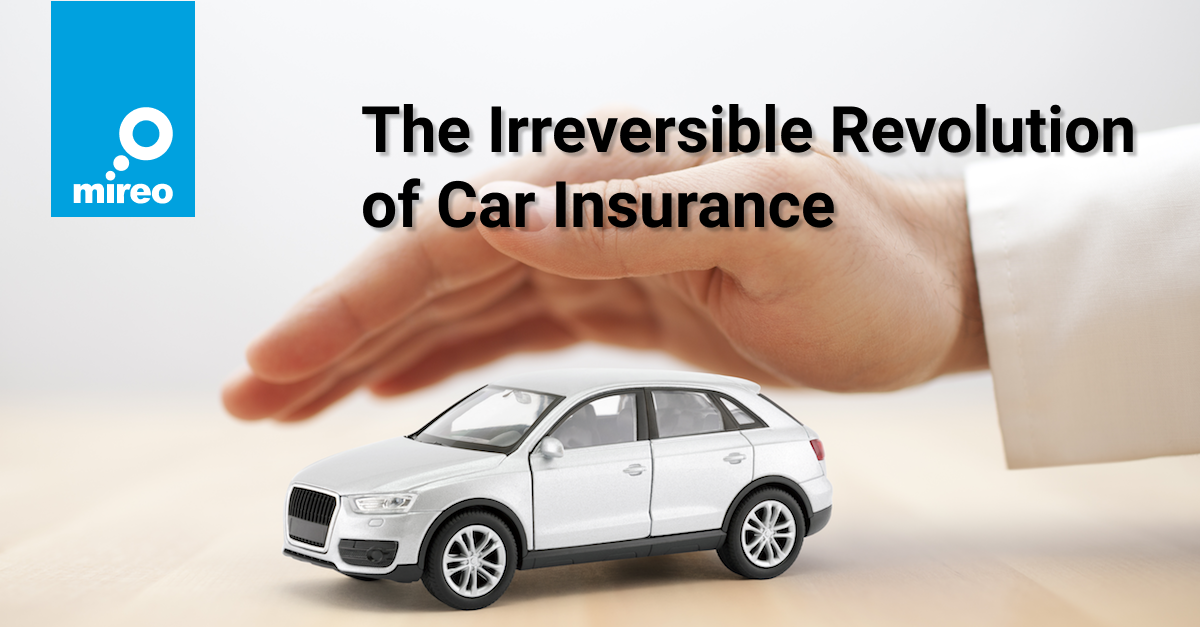The future of car insurance
The car insurance market demands and its competitiveness inevitably push car insurance towards telematics. As the car manufacturers such as Toyota, GM, and Tesla are already testing the waters with proprietary telematics-based insurance, the competition is increasing relentlessly.

Usage-based insurance drivers - US, 2019-2023, InsiderIntelligence
To get a glimpse of the current industry's status, let's single out a few quotes that describe it the best:
During Tesla’s Q3 2020 earnings call, Elon Musk stated how he expects the insurance business to represent someday 30% - 40% of Tesla’s car business.
Obviously, insurance is substantial. So insurance could very well be, I don't know, 30%, 40% of the value of the car business, frankly.
At the Berkshire Hathaway annual shareholder meeting held in May 2021, Warren Buffett and Ajit Jain stated:
GEICO clearly missed the business and was late in terms of appreciating the value of telematics. They have woken up to the fact that telematics plays a big role in matching rates to risk.
GEICO is the second-largest car insurer in the USA, part of Buffett’s Berkshire Hathaway conglomerate.
Tom Wilson, the CEO of Allstate, the fourth biggest car insurer, was even more explicit:
Companies without telematics offerings' won't be in business long.
Tom Super, vice president of insurance intelligence at market research company J.D. Power, said Tesla’s insurance offering
could represent a viable long-term threat to auto insurance powerhouses like Allstate, GEICO, Progressive, and State Farm.
The Milliman consulting company has probably described the competitiveness in the car insurance industry the best:
Not only are car insurers competing against each other, but now they are also faced with an external-to-the-insurance-industry threat from car manufacturers. As car manufacturers and car insurers gain more vehicle data, the most innovative are in the best position to lower car insurance premiums and gain customers.
However, the shift from traditional car insurance policies to telematics-based ones requires broad insurer's organizational changes that C-level executives must promote, sponsor, and execute. But that change is inevitable and cannot be avoided nor prolonged indefinitely.



